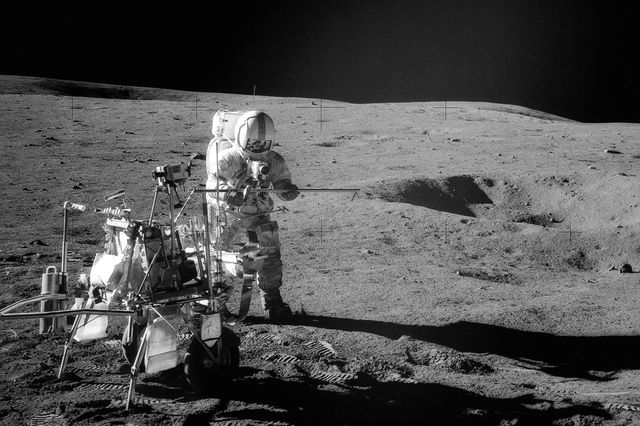
This is astronaut Alan B. Shepard Jr. on the moon in 1971 with the Apollo 14 mission. Credit: NASA
Formation occurred 4.51 billion years ago, 40 million to 140 million years older than scientists previously thought A UCLA-led research team analysed minerals from the moon called zircons that were brought back to Earth by the Apollo 14 mission in 1971. The moon’s age has been a hotly debated topic, even though scientists have tried to settle the question over many years and using a wide range of scientific techniques. “We have finally pinned down a minimum age for the moon; it’s time we knew its age and now we do,” said Mélanie Barboni, geochemist in UCLA.
The moon was formed by a violent, head-on collision between the early Earth and a “planetary embryo” called Theia, a UCLA-led team of ge...
Read More







Recent Comments